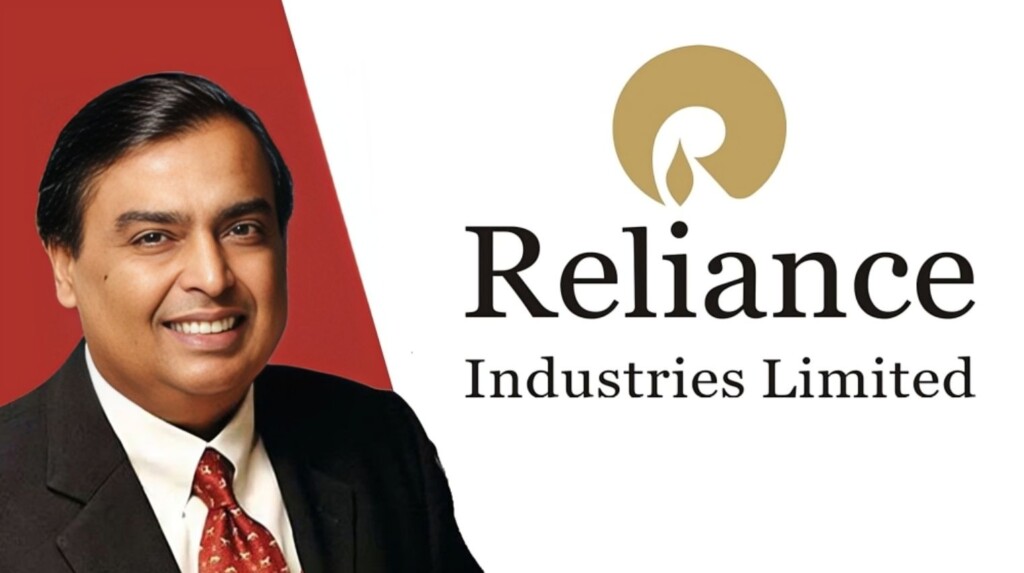Reliance bonus issue: The board of Reliance Industries Ltd. (RIL), headed by billionaire Mukesh Ambani, approved the issuance of bonus shares by a majority vote cast electronically and also set the record date. The oil-to-telecom giant set Monday, October 28, 2024 as the record date for the 1:1 issue of free shares, according to a regulatory filing it sent to the stock exchanges on Wednesday, October 16.
On Thursday, September 5, the RIL board approved the bonus issue in the ratio of 1:1. The announcement was made late in August during the 47th annual general meeting (AGM) of the oil-to-telecom giant. The board also approved a ₹50,000 crore increase in the authorized share capital from ₹15,000 crore.
“This is in response to our letters from September 5 and October 16 confirming the members’ approval of the issuing of bonus shares at a 1:1 ratio. In this context, we would like to notify you that the firm has set Monday, October 28, 2024, as the record date for identifying equity shareholders who qualify for bonus equity shares of the business, according to RIL’s today’s exchange filing.
Details of the Reliance Bonus problem
The sixth bonus issue from Reliance and the first since 2017 is this one. Reliance issued a 1:1 bonus share in 2009 prior to the bonus issue being approved in 2017. The company’s general reserves, retained earnings, or securities premium account will all be capitalized in order to issue the bonus shares. Including partially paid-up shares, the company’s 676.62 crore equity shares are valued at ₹10 each, making its pre-bonus paid-up capital ₹6,766.23 crore.
The paid-up capital, which consists of 1,353.24 crore equity shares, will quadruple to ₹13,532.46 crore following the bonus issuance. The bonus issue will be implemented, according to the company’s estimate, for ₹6,766.23 crore; the actual amount will depend on the paid-up capital as of the record date.
Results for Reliance Q2
RIL said that its consolidated net profit for the July-September quarter was ₹19,101 crore, down 3.6% year over year (YoY) from ₹19,820 crore in the same quarter last year. Quarter-over-quarter (QoQ), however, the behemoth’s consolidated earnings increased by 9.5% sequentially. During Q1FY25, the business declared a ₹17,448 crore profit.
The company’s EBITDA saw a two percent year-over-year fall to ₹43,934 crore, and its EBITDA margin contracted by 50 basis points to 17%. The amount of outstanding debt at the end of Q2FY24 was ₹3,36,337 crore, as opposed to ₹2,95,687 crore.
From ₹2,55,996 crore in the same time last year to ₹2,58,027 crore, the revenue increased by 0.8% YoY. Our result is indicative of upstream business and digital services’ strong growth. Mukesh D. Ambani, Chairman and Managing Director of RIL, stated that this helped somewhat balance the negative contribution from the O2C (oil-to-chemicals) sector, which was hit by unfavorable global demand-supply dynamics.
Trend in the price of Reliance shares
The market capitalization of the largest firm in India has yielded returns to investors of 15.27% over the past year, compared to 26.43% for the Nifty 50 and 22.96% for the Sensex. Domestic brokerage JM Financial stated in a technical report that “all significant selling in the stock in the last 10 months ended marginally below the 100-day EMA levels.”
After hitting a 52-week low of ₹2,221.05 on October 26 of last year, the stock showed gains for the following five months. Only three months have seen decreases this year: April (down nearly 2%), May (down nearly 2%), and July (down nearly 4%). RIL’s shares ended the day on the BSE 0.78 percent higher at ₹2,708 a share.
Elara Securities, a domestic brokerage, rated the stock as “accumulate.” “We lower FY25E/26E EPS by 14%/8%, primarily due to lower petchem and refining margins.” Thus, based mainly on lower FY26E EBITDA, we reiterate Accumulate on RIL with TP trimmed to ₹3,265 (from ₹3,636). We project FY27E EV/EBITDA for retail to be 21.8x (up from 22.8x), digital services to be 17.5x (up from 18.0x), and O2C to be 5.5x (up from 6.5x), according to the brokerage.
